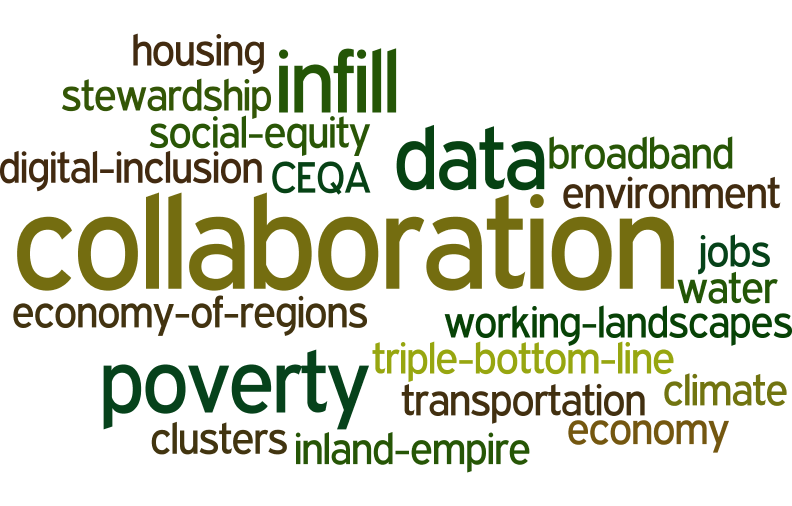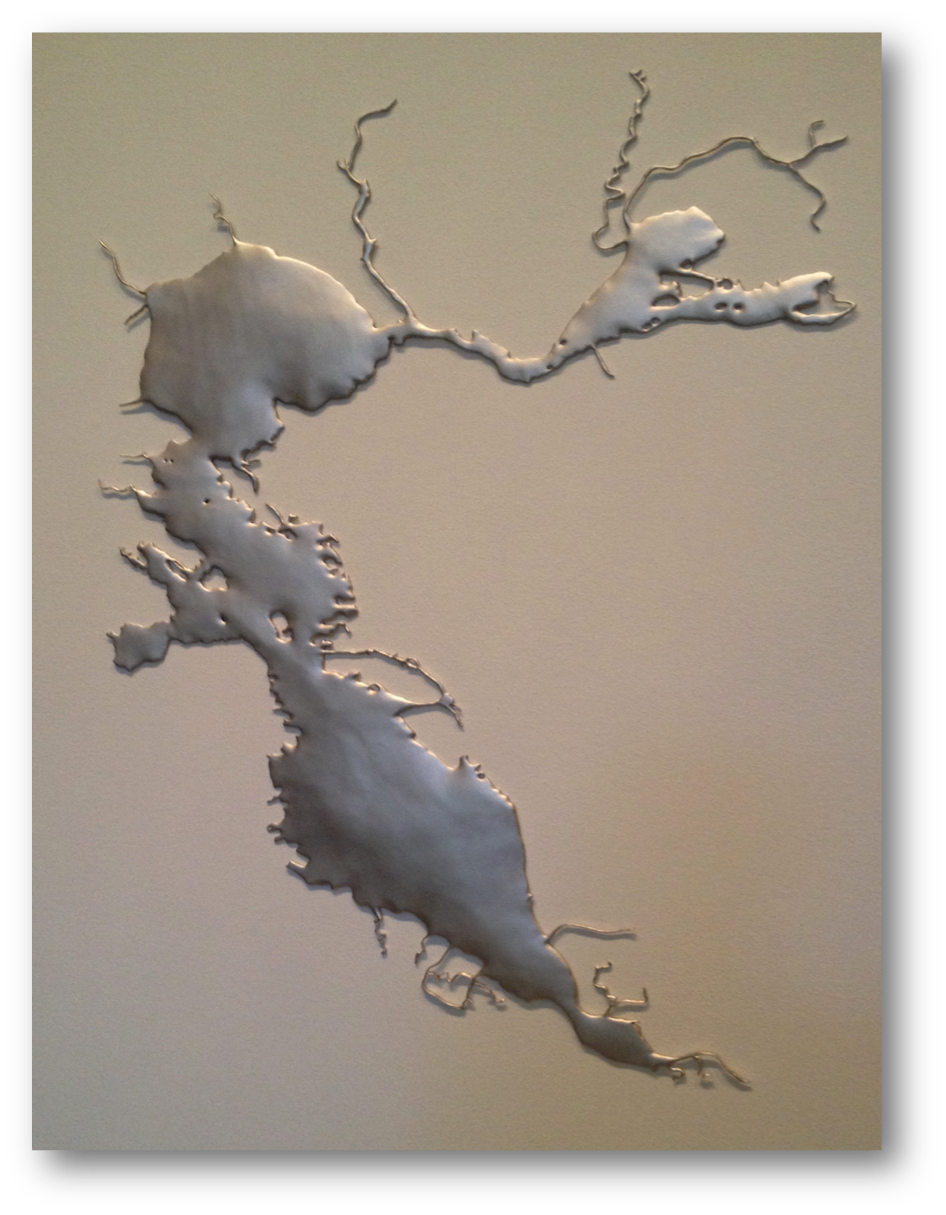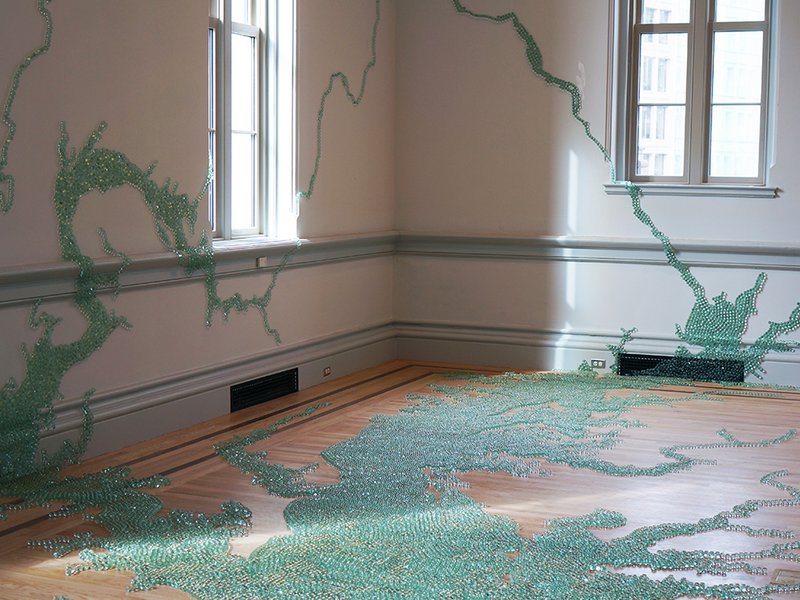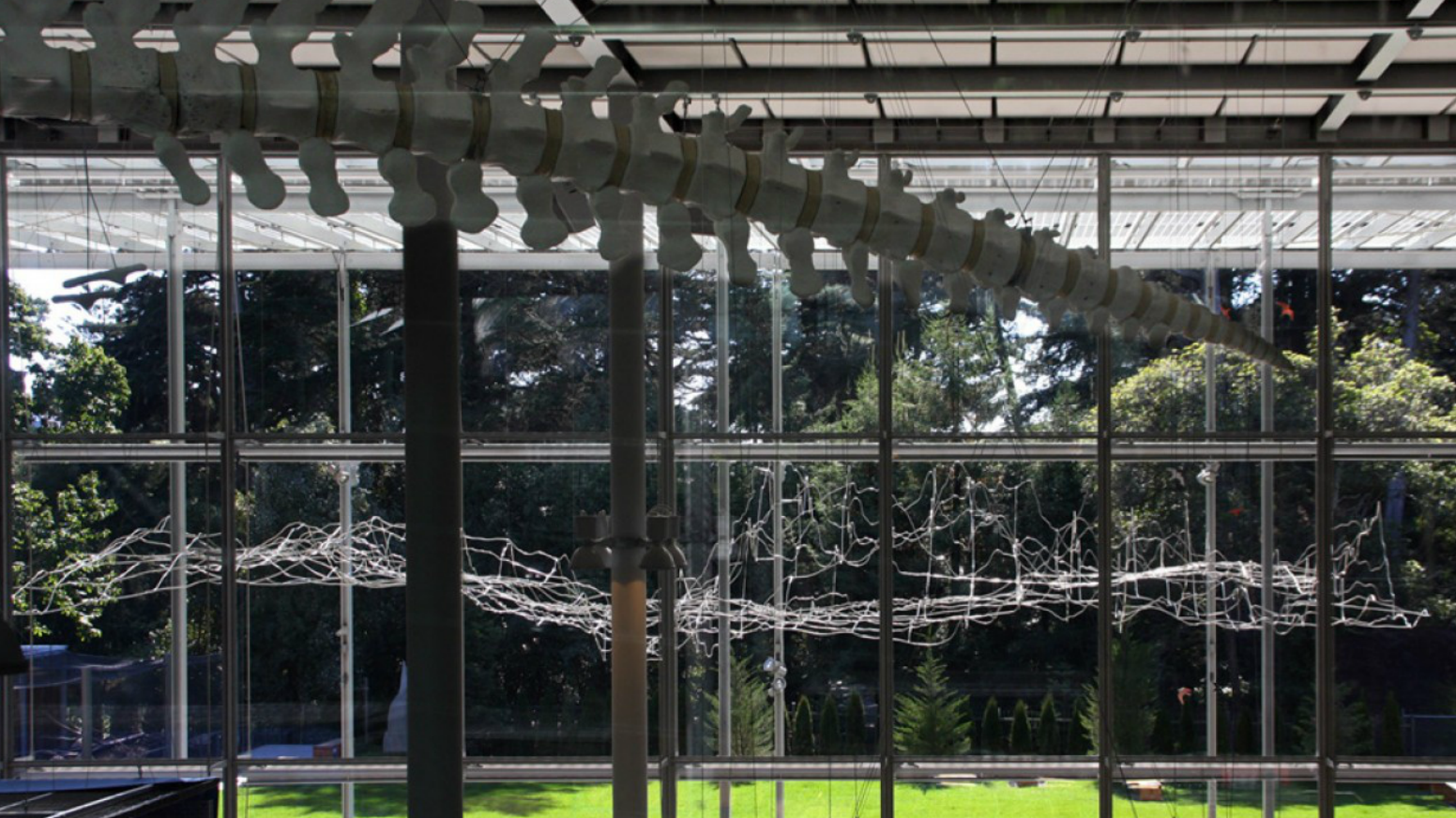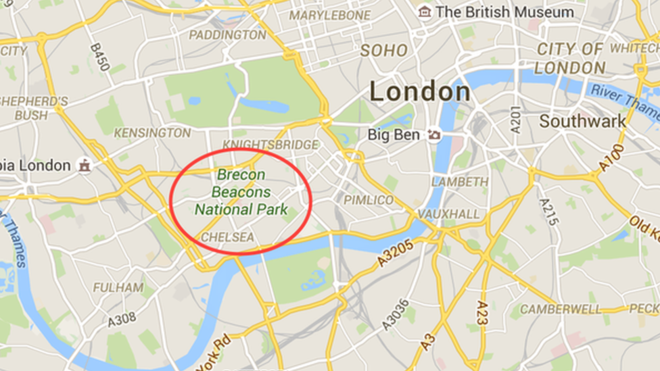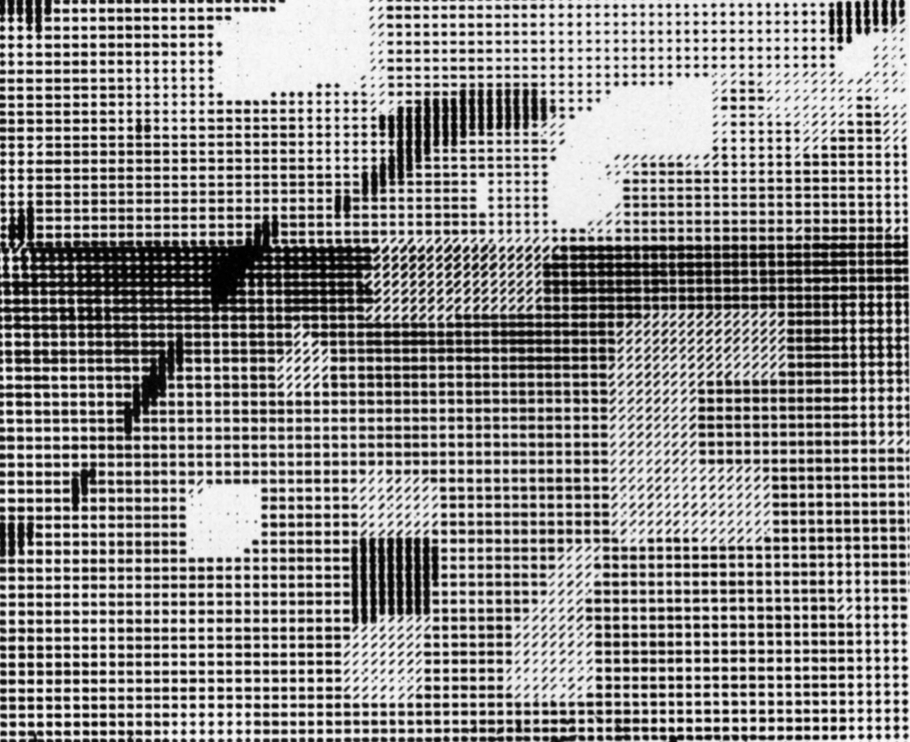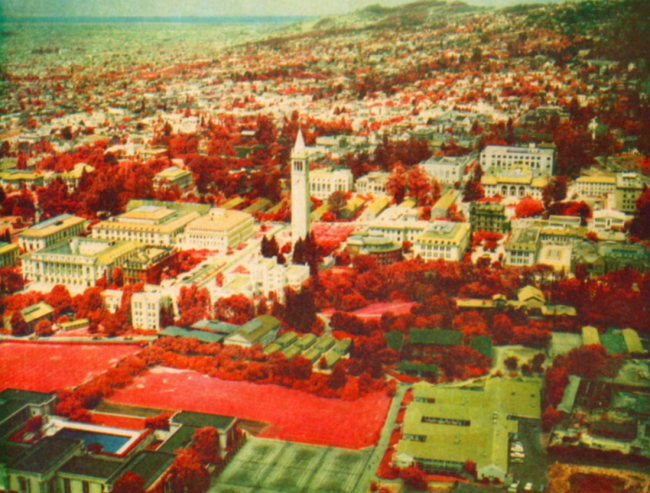New job opening @ Berkeley: geospatial informatics program coodinator
 Wednesday, December 2, 2015 at 7:27PM
Wednesday, December 2, 2015 at 7:27PM Academic Coordinator III Position
The University of California, Division of Agriculture and Natural Resources (UC ANR), Informatics and Geographic Information Systems (IGIS) Program is seeking a Statewide Program Coordinator for both local and statewide program development and delivery. The IGIS Statewide Program seeks to provide innovation, technology, training, and data support for UC ANR’s research and extension mission through the collection, analysis and visualization of geospatial data. We are interested in developing and delivering data-driven tools, research results, and training to support UC ANR Strategic Initiatives: Endemic and invasive pests and diseases, Healthy families and communities, Sustainable food systems, Sustainable natural ecosystems, and Water quality, quantity and security.
The program coordinator will help fulfill the goals of the IGIS Program by facilitating the delivery of research, training, and data support to the UC ANR network. We are looking for a highly specialized academic who will provide vision and leadership on geospatial data resources, analysis and visualization that will serve multiple scientific constituencies at the state and national level. These data resources include: sensor networks, ecological datasets, existing statewide research databases, web-based data frameworks such as APIs, open data collections, and remote sensing collections.
This is a unique academic position within the University of California that allows for intellectual growth, interaction with multiple scientists and academics, and the development of impactful datadriven solutions to California’s agricultural and natural resource challenges.
If you have questions, you can email me: maggi@berkeley.edu
Website: http://ucanr.edu/Jobs/Jobs_990/?jobnum=894
Closing Date: December 31, 2015
Job Description: Download
Download Application: Word | PDF
Minimum and Required Qualifications:
- A PhD Degree in Ecology, Geography, Agriculture, Statistics, or an appropriate related field with experience in data science, geographic information sciences, remote sensing, or ecological informatics is required.
- Experience synthesizing large ecological or socio-ecological datasets and using them in complex local and statewide research projects is required.
- Experience developing and managing research projects including agriculture, ecology, or climate change is required.
- Experience using GIS, remote sensing, and/or web programming software is required.
- The ability to communicate and extend technical information in an understandable manner is required.
- Strong leadership, administration, financial, and management skills are required.
- Knowledge of human relations is required including the ability to work with people with a diversity of views and values, to motivate people and adapt to changing situations.

